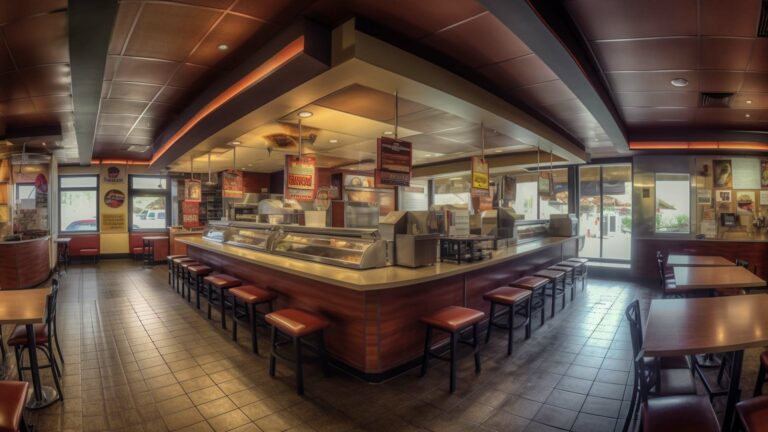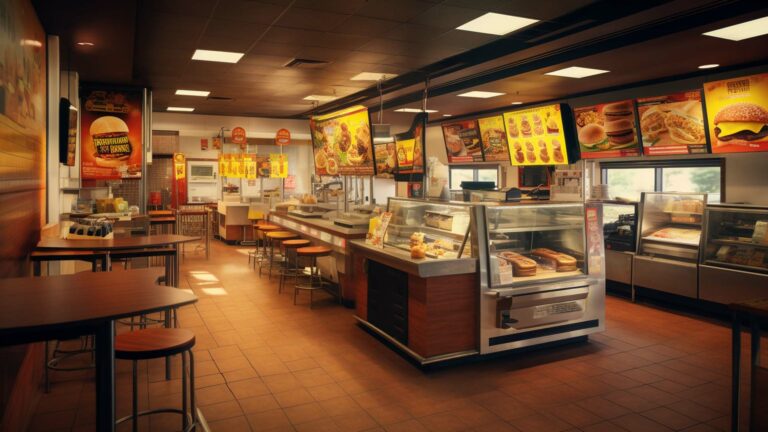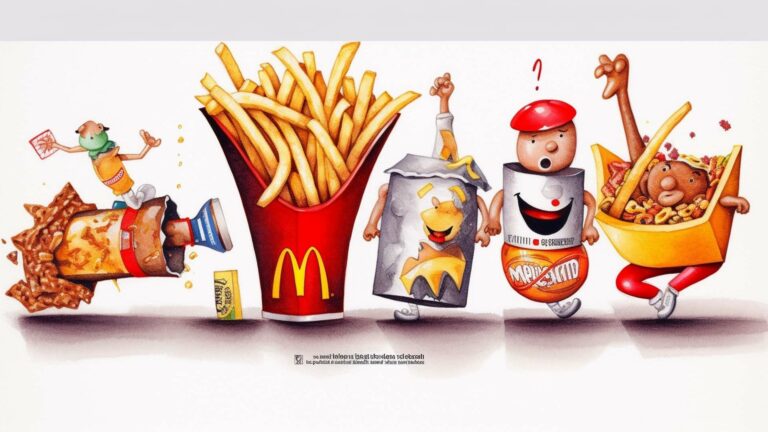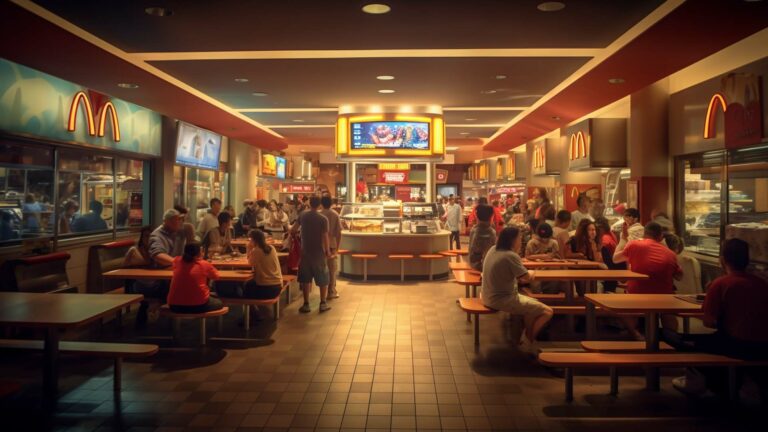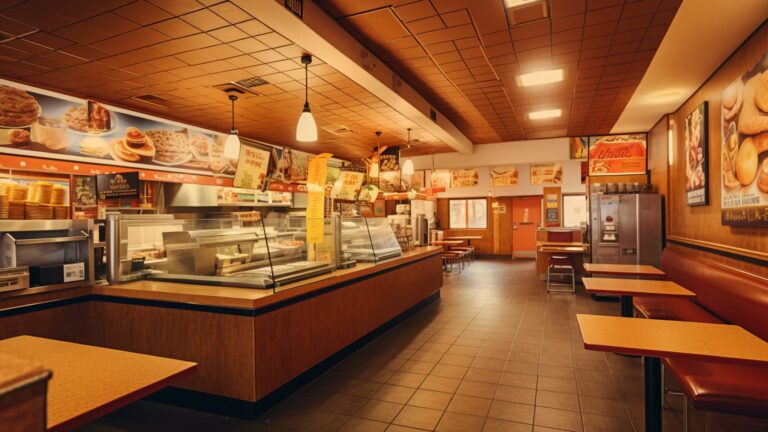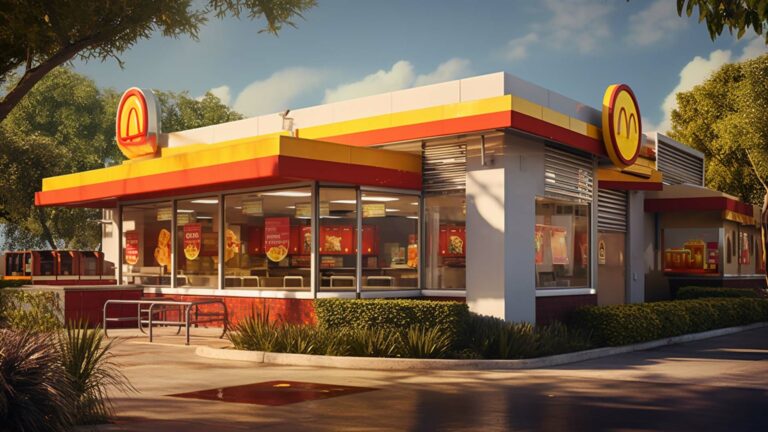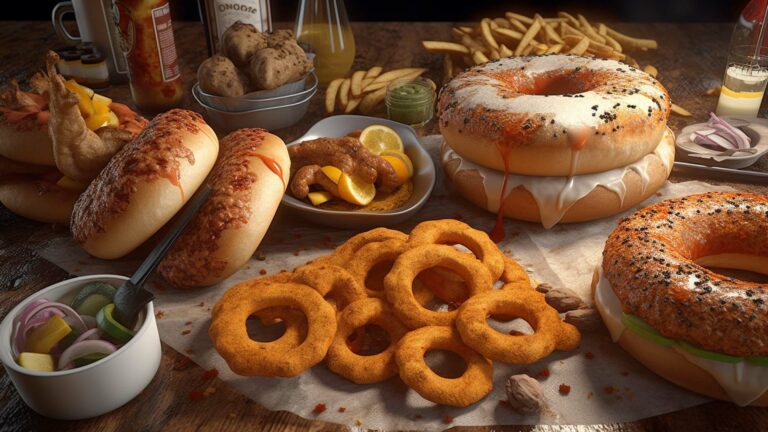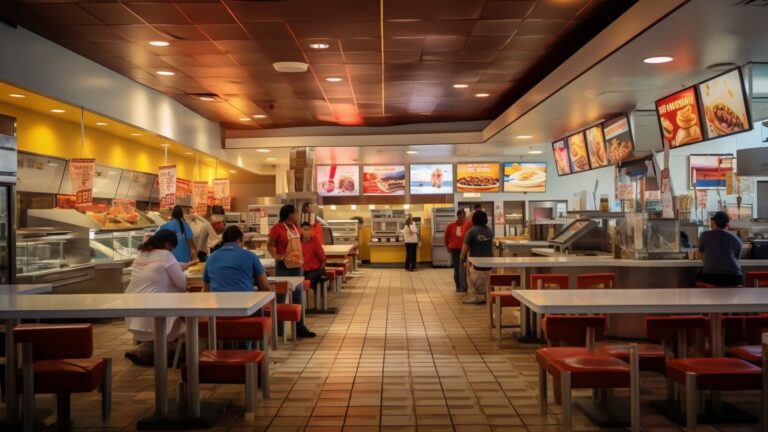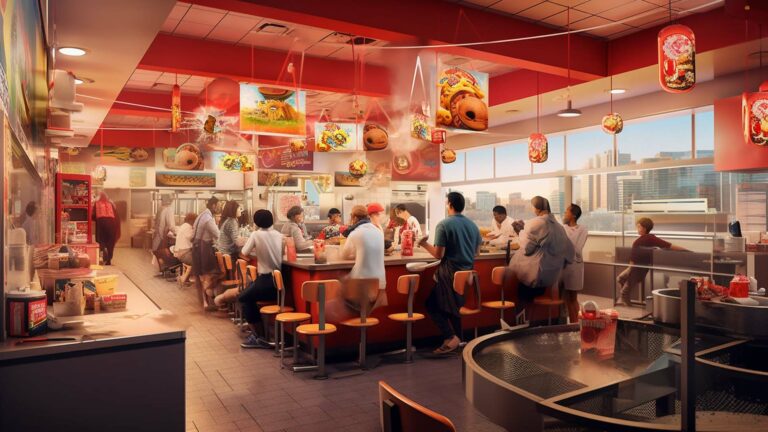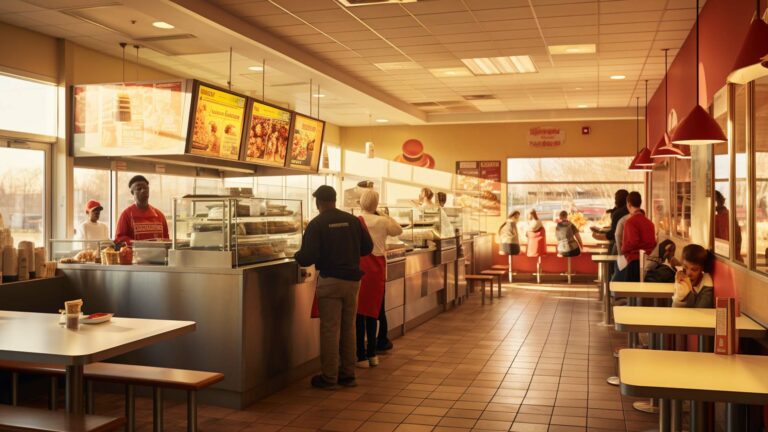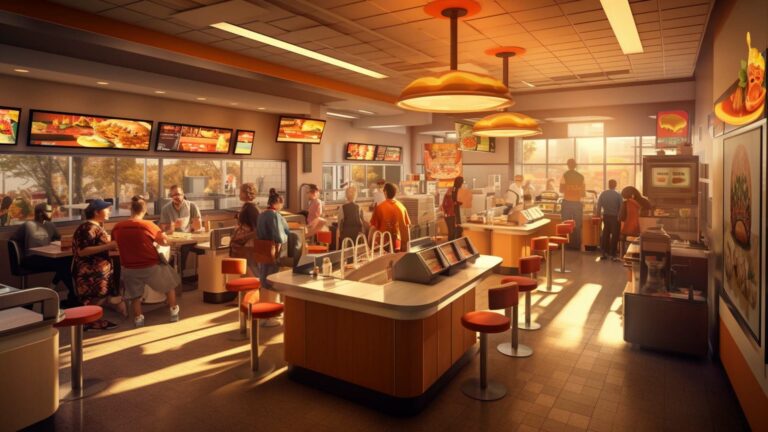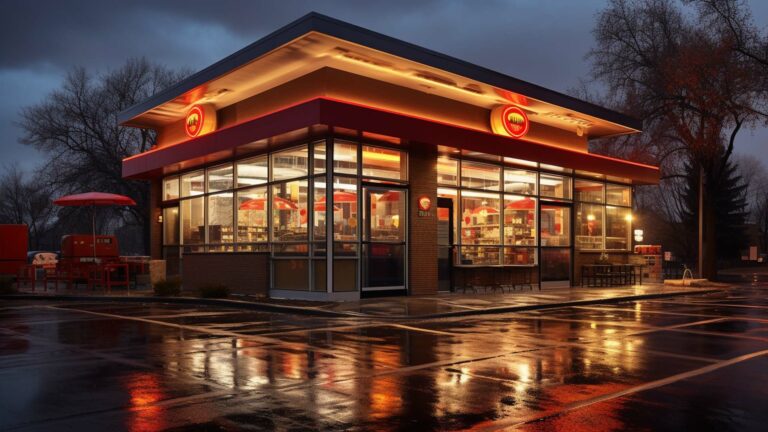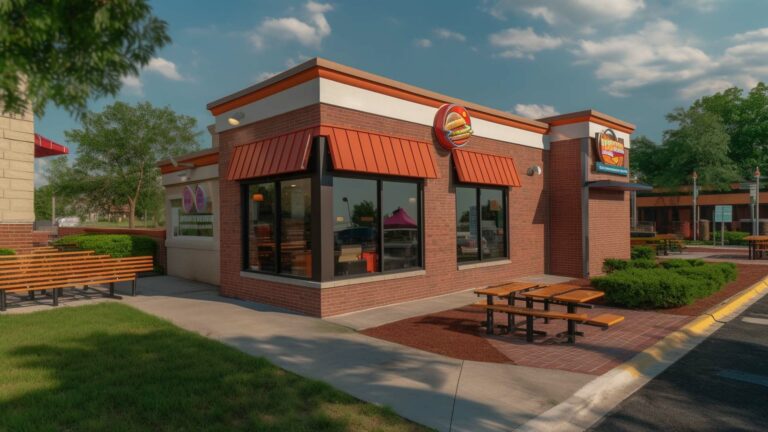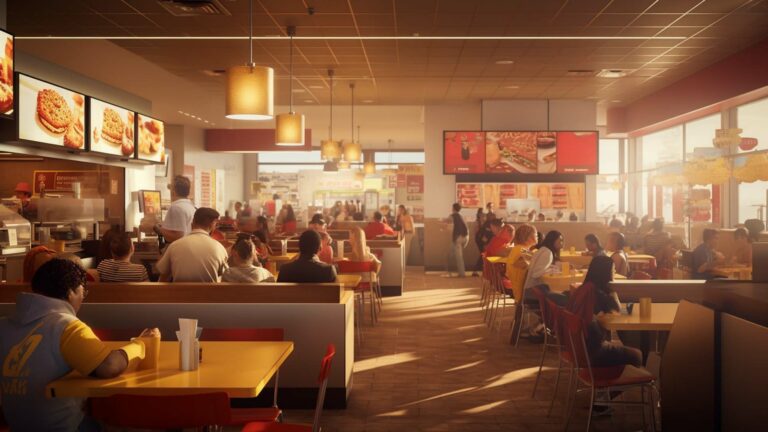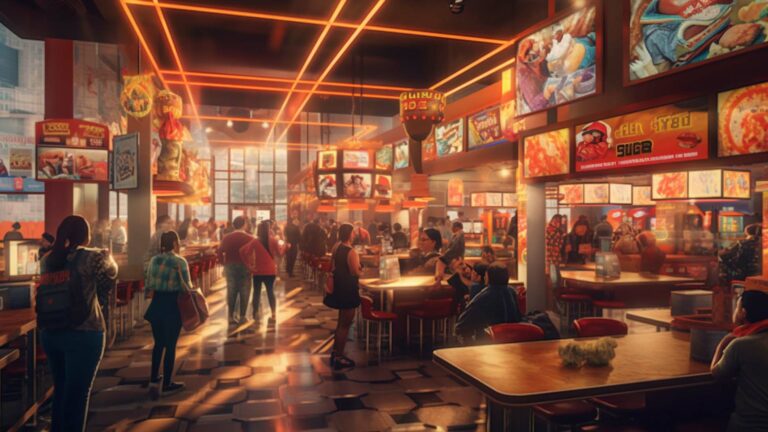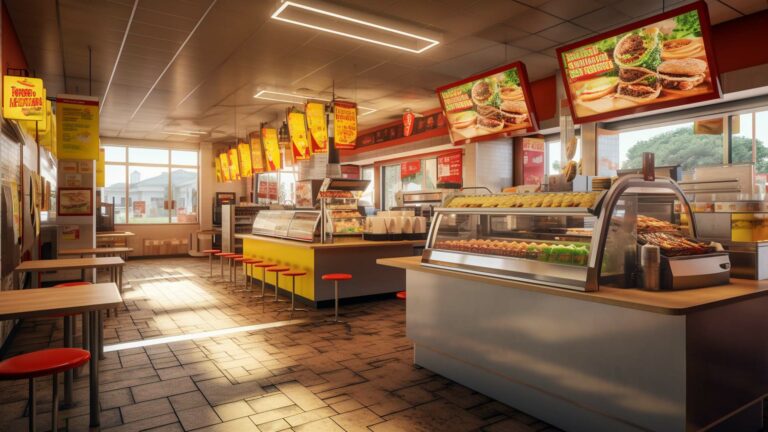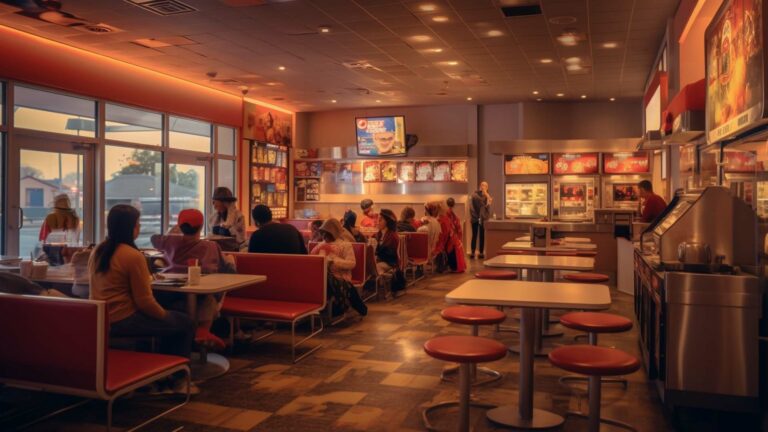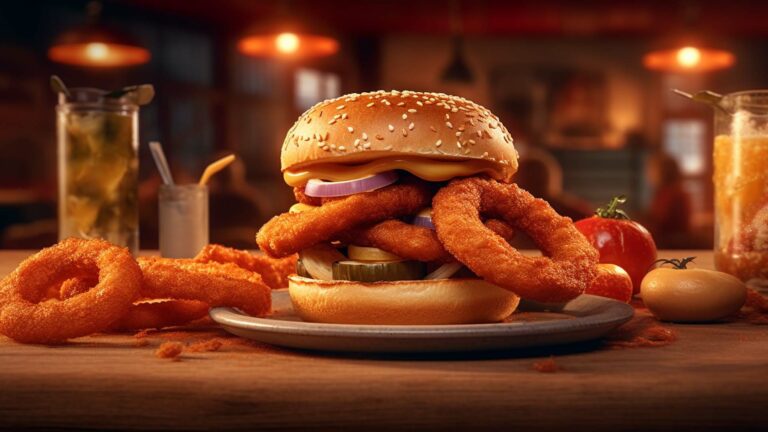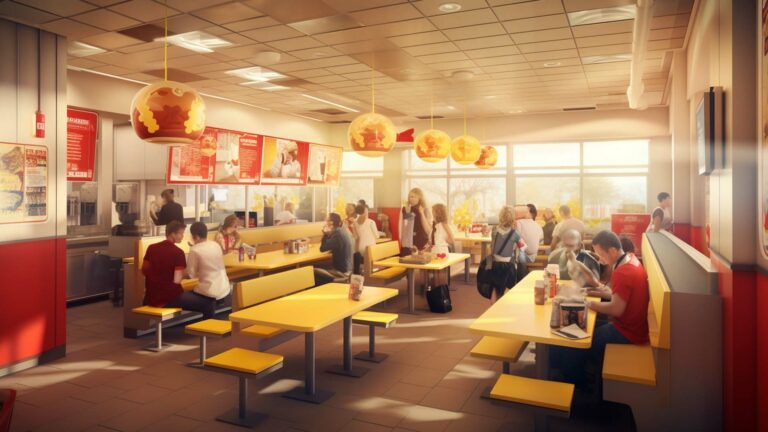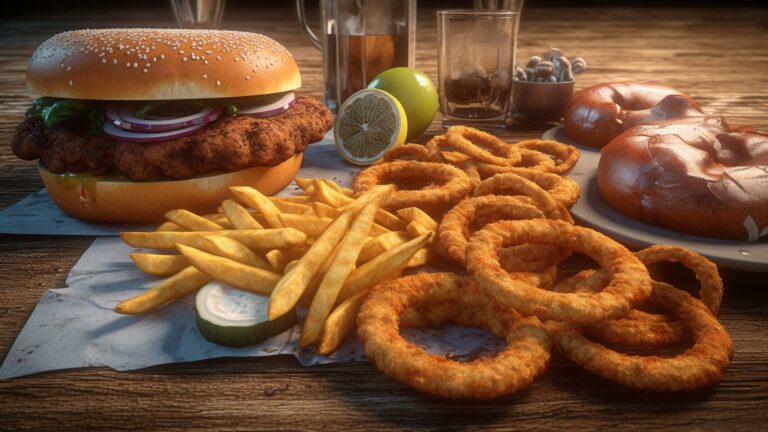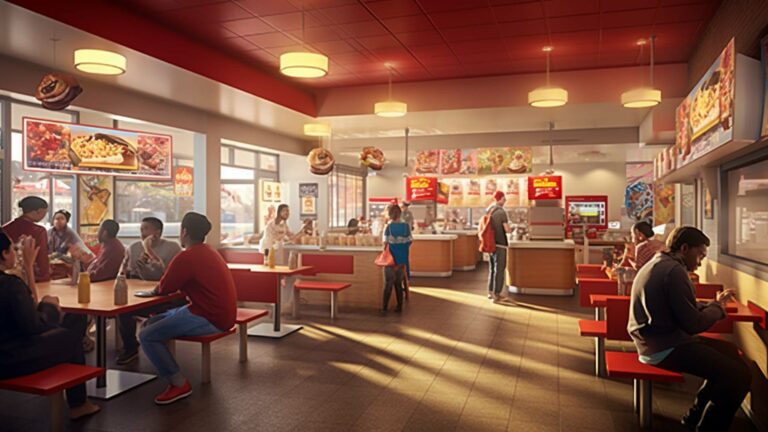Find Fast Food Restaurants Near Me in Texas
Texas is known as a state with vibrant cities and a diverse culture. The fast food market in Texas has also flourished. Texas is known for its health-conscious food and farm-to table restaurants, but fast food still remains a guilty delight for many residents.
Texas fast food caters to all tastes, whether you’re looking for burgers or tacos. We’ll delve into the world of fast food in Texas, exploring its history, regional specialties, and the ongoing evolution of this culinary phenomenon.
The Evolution of Fast Food in Texas
Texas fast food roots can be traced all the way back to early 20th century diners, where quick and cheap meals were served. Fast-food chains like McDonald’s Burger King, Wendy’s and Wendy’s began to appear in the 1950s-60s.
These establishments standardized food production, created efficient systems, as well as a template to expand rapidly.
Popularity and Ubiquity of Fast Food in Texas
Texas is home to a multitude of fast food restaurants. The reasons for its enduring popularity are many. Fast food is popular because it’s convenient, affordable and consistent.
Fast food is a convenient option for busy people who are looking for a quick meal. Mobile ordering apps and 24-hour services appeal to them. The relatively low cost of fast food makes it a popular choice for those who are on a limited budget.
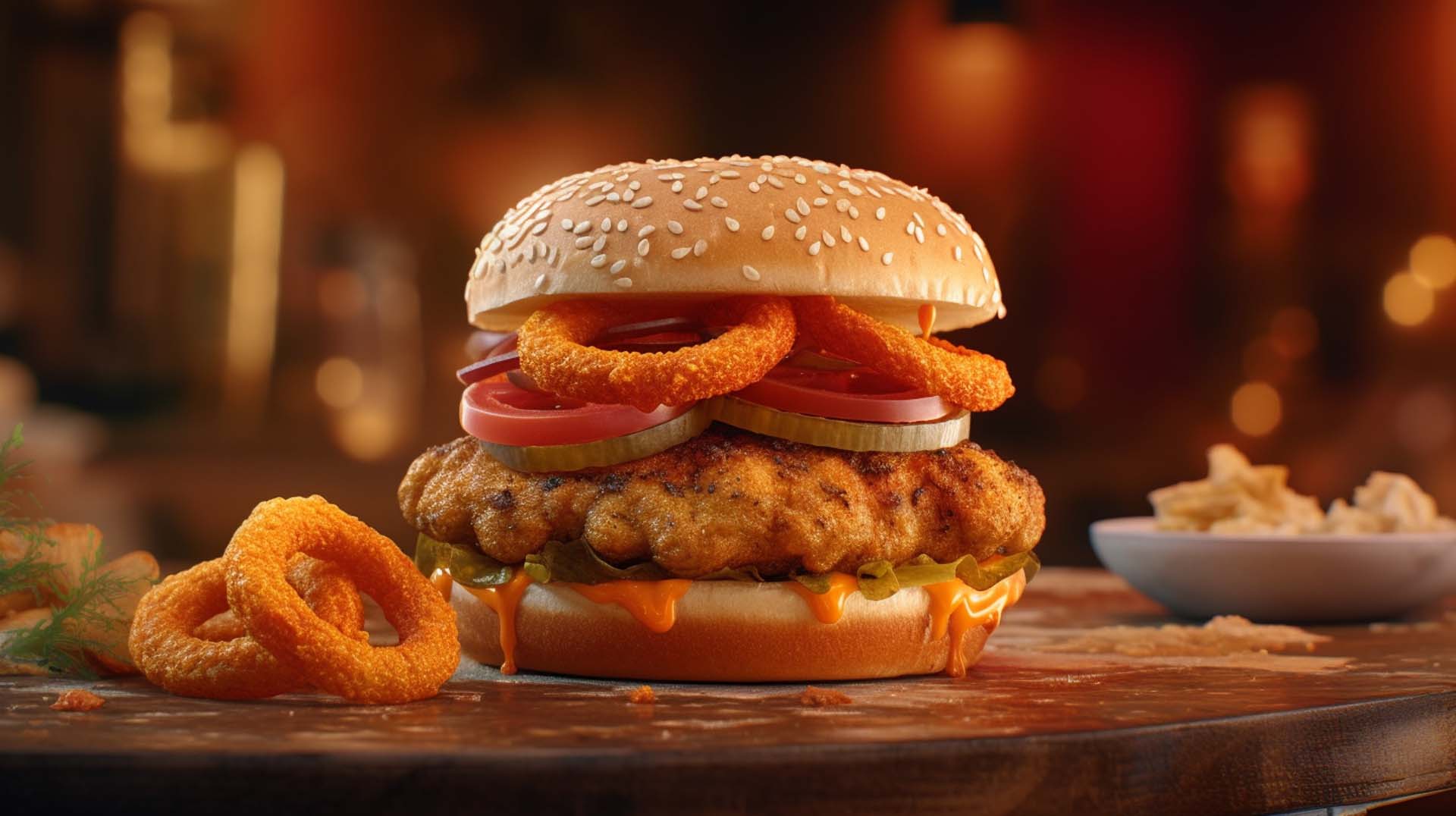
Health Conscious Fast Food Options in Texas
Texas fast food chains have worked to create healthier menu options. Included in this are salads, grill items, and meals with reduced calories.
There is also a growing consumer demand for more transparency and better ingredients. Fast food companies responded by providing more nutritional information and using higher-quality ingredients.
Economic and Employment Impact
The fast-food industry is a significant contributor to the U.S. economy. It provides job opportunities at entry level for many in Texas. These low-wage jobs and their limited benefits have led to concern over labor rights, income inequality, and the lack of benefits.
Fast-food restaurants have a detrimental effect on local restaurants. These independent eateries are not able to compete effectively with national brands, who possess the same resources and marketing power.
The Future of Fast Food in Texas
As consumers become more health-conscious and demand healthier options, the fast-food industry in Texas is evolving. Some chains offer plant-based alternative, have reduced their portion sizes and expanded their menu to meet changing dietary and taste preferences.
Technological advances such as automated ordering kiosks are reshaping and improving the fast-food industry.
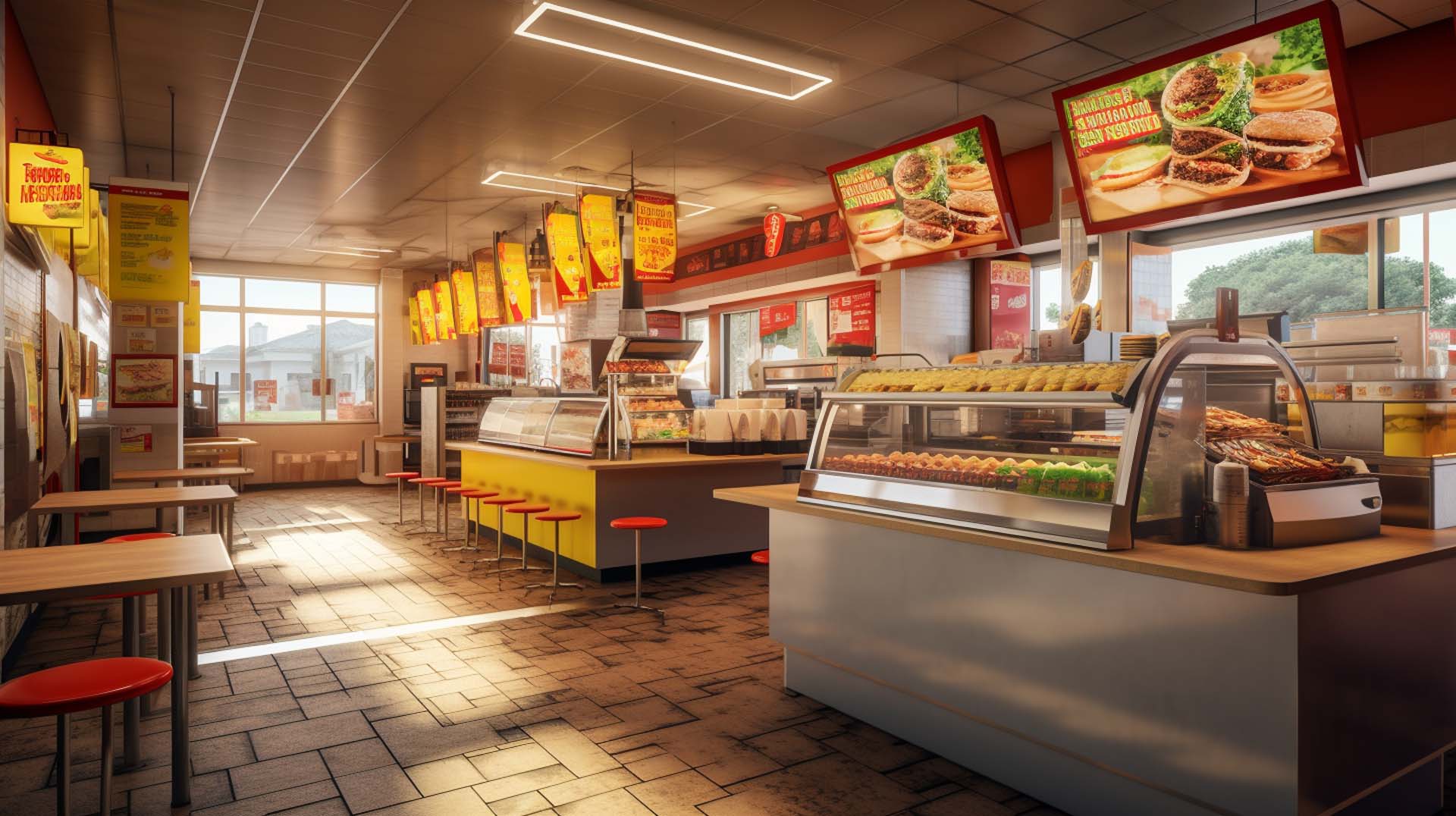
About Texas
Texas ( TEK-səs, TEK-siz; Spanish: Texas or Tejas, pronounced [ˈtexas]) is the most populous state in the South Central region of the United States. It borders Louisiana to the east, Arkansas to the northeast, Oklahoma to the north, New Mexico to the west, and the Mexican states of Chihuahua, Coahuila, Nuevo León, and Tamaulipas to the south and southwest. Texas has a coastline with the Gulf of Mexico to the southeast. Covering 268,596 square miles (695,660 km), and with over 30 million residents as of 2023, it is the second-largest U.S. state by both area (after Alaska) and population (after California).

